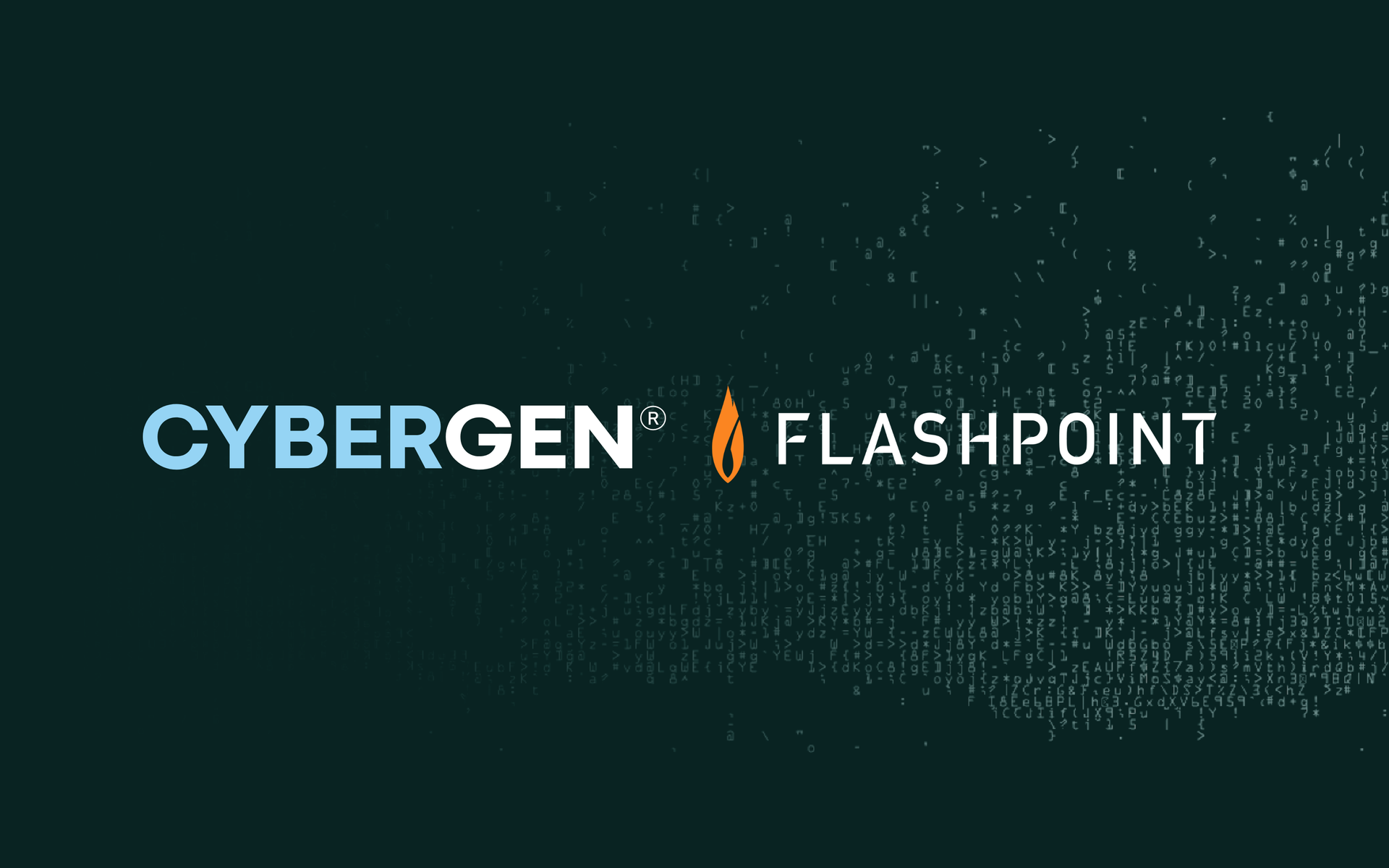DORA Compliance for Cybersecurity: Your Roadmap to 2025 Readiness
Introduction
One of the most significant developments in cybersecurity, specifically within compliance, is the introduction of DORA, or the Digital Operational Resilience Act. This regulation represents a pivotal shift in how financial institutions must manage their digital risk. For organisations in the UK and the wider EU, understanding DORA is essential for future compliance and operational security.
This blog is designed for professionals across the financial landscape, including IT managers, CISOs, compliance officers, and business leaders. Whether you work within a major banking group, a fintech start-up, or a third-party ICT service provider, you need to understand the implications of DORA. By the end of this article, you will have a clear roadmap to compliance and understand the actions needed to secure your digital operations by 2025.
To explain it simply, DORA is a European regulation that ensures financial organisations remain operational even during cyber incidents. Think of it as a digital seatbelt for your organisation. You hope you never need it, but if you do, it could protect everything. It matters now because cyber incidents are not only more damaging but also more likely to occur.
Why DORA Is Important for Financial Services in 2025
Who Needs to Comply? Understanding DORA's Scope
DORA applies to a wide range of organisations across the financial sector. These include both regulated financial entities and their ICT service providers. In the UK, despite Brexit, many firms with digital ties to the EU are still required to comply, especially if they operate subsidiaries or serve European clients.
In-scope organisations include banks, insurance firms, investment firms, credit institutions, and payment providers. But it also extends to crypto-asset service providers, crowdfunding platforms, and third-party technology firms that offer ICT-related services to financial institutions. In short, if your business plays any role in the digital infrastructure of finance, you are likely affected by DORA.
It is also worth noting that even if your firm is not based in the EU, offering services that impact EU-based customers could bring you within the regulation’s scope. This global reach means that businesses must evaluate their operations now, not later.
For further insights into identifying your business risk level and cyber compliance status, you can visit Cybergen’s page on Cyber Security Compliance.
Core Requirements Under DORA: Breaking Down the Essentials
DORA introduces several mandatory requirements that financial entities must meet. These cover the entire lifecycle of digital risk, from prevention to recovery.
The first core requirement is ICT risk management. Firms must build and maintain a resilient ICT framework that addresses identification, protection, detection, response, and recovery. This means regularly assessing digital risks, maintaining robust defences, and ensuring continuity of operations during disruptions.
Incident reporting is another key requirement. Financial entities must report major ICT incidents to their competent authority within strict timeframes. These reports must include the root cause, impact, and remedial actions taken. The aim is to create a more coordinated response to digital threats across Europe.
Threat-led penetration testing, often referred to as TLPT, is also mandated for certain critical financial institutions. This involves simulated cyberattacks carried out under real-world conditions by certified testers. It ensures firms are genuinely prepared for advanced persistent threats.
Finally, DORA emphasises third-party risk management. Any reliance on external ICT service providers must be closely monitored. Contracts must include clauses around performance, access, and audit rights. This requirement is vital in an era where supply chain attacks are on the rise.
To learn more about incident response and cybersecurity strategies, read about Managed Detection and Response at Cybergen.
DORA vs NIS2 and ISO 27001: Understanding the Differences
It is common for organisations to ask how DORA compares with other frameworks like NIS2 or ISO 27001. While all aim to boost cybersecurity, their scope and enforcement differ.
NIS2 is an EU directive aimed at improving the overall level of cybersecurity across essential sectors, including energy, transport, and banking. It applies broadly and focuses on critical infrastructure resilience.
ISO 27001 is a globally recognised standard for information security management systems. It provides a flexible framework to identify and mitigate risks, but it is not legally binding.
DORA, on the other hand, is a regulation with direct legal impact across the EU financial sector. This means it is enforceable without needing national legislation. It is narrower in focus but deeper in requirements, especially concerning ICT resilience and third-party risk.
In practice, many organisations use ISO 27001 as a foundation. They may then layer on DORA-specific requirements to ensure full compliance. NIS2 overlaps in areas such as incident reporting and governance but lacks DORA’s financial sector precision.
By mapping these standards together, firms can build an integrated compliance strategy. For tailored advice on aligning these frameworks, explore Cybergen’s Cyber Security Risk Assessment.
Steps to Prepare for DORA Compliance
With enforcement beginning in January 2025, the timeline is tight. But with a structured approach, compliance is achievable. Preparation should start with a readiness assessment to understand your current maturity level.
The first step is to conduct a gap analysis. This will highlight where your organisation stands against DORA’s core requirements. Follow this with a readiness checklist. Ensure you have policies and procedures for ICT risk management, incident classification, and data recovery.
Testing is critical. Begin conducting internal penetration tests and disaster recovery drills. This not only builds operational resilience but also prepares staff for real-world crises.
Documentation cannot be overlooked. Keep detailed records of your risk assessments, incident reports, and vendor contracts. These documents form the evidence base for regulatory audits.
A practical example is to create a three-phase roadmap. Phase one focuses on identifying gaps. Phase two addresses those gaps through policy updates, technical improvements, and training. Phase three involves testing, review, and regulatory submission.
Cybergen offers DORA-specific support tools and workshops. These include documentation templates and a live dashboard for ICT incident monitoring. Visit our Compliance Hub to get started.
How Consultants Accelerate DORA Readiness
Many firms find that working with cybersecurity consultants can fast-track their journey to compliance. This is especially true for small to mid-sized businesses that may lack in-house expertise.
Consultants provide immediate value by aligning your framework to DORA’s standards. They assess your existing cybersecurity maturity and build a strategy that bridges regulatory gaps. This includes policy reviews, control implementation, and documentation design.
Simulation exercises are another essential service. These include cyberattack simulations, red teaming, and response drills. They build team readiness and expose weaknesses before regulators do.
Consultants also guide you through threat-led penetration testing. They help you select approved testers, manage the testing process, and interpret results. This reduces risk while enhancing operational resilience.
The Cybergen team offers
DORA-aligned consultancy that is tailored to your organisation. Our specialists bring sector-specific knowledge to help you meet all compliance milestones.
The Path of Least Resistance for DORA Compliance
For many organisations, the idea of meeting a new regulatory standard can feel overwhelming. DORA compliance might seem like a complex and resource-heavy challenge. However, with the right strategy, financial institutions can achieve compliance through a path of least resistance. This involves focusing on early planning, leveraging existing cybersecurity structures, and adopting a phased and practical approach.
The first step is to conduct a self-assessment against DORA’s key requirements. Many organisations already have foundational elements in place through frameworks such as ISO 27001 or Cyber Essentials. Rather than starting from scratch, these existing policies and controls can be mapped to DORA’s requirements. This saves both time and resources while building on familiar processes.
Early engagement with key stakeholders is also crucial. Compliance should not be the sole responsibility of IT or compliance departments. Involving executive leadership, risk management, procurement, and even third-party vendors creates shared accountability. This collaborative approach helps embed operational resilience into the culture of the business.
Focusing on risk-based prioritisation is another way to reduce friction. DORA does not expect every control to be perfect immediately. It expects firms to understand their most critical ICT assets and services, and to apply proportionate controls. By identifying the top threats and vulnerabilities, organisations can allocate resources effectively and demonstrate a strategic response.
Automation can also play a role in easing the path to compliance. Tools that track incidents, monitor vendor performance, and generate audit logs reduce the manual burden of compliance. These tools not only improve accuracy but also provide the necessary evidence during regulatory reviews.
Phased implementation offers additional flexibility. Organisations should break down compliance into manageable projects. For example, phase one could include reviewing policies and identifying gaps. Phase two might focus on upgrading incident response procedures. Phase three could involve vendor contract reviews and resilience testing. This structure ensures steady progress without overwhelming the team.
External support from cybersecurity consultants can accelerate this process. At Cybergen, we specialise in providing tailored DORA readiness solutions. From compliance checklists to training and technical controls, our approach ensures that businesses can adopt best practices without navigating the process alone.
Transparency is another important component. Keeping accurate records of decisions, incidents, and risk assessments allows firms to demonstrate due diligence. This builds trust with regulators and reduces the risk of penalties for non-compliance.
DORA compliance does not need to be a disruptive or expensive exercise. By starting early, leveraging what already exists, involving the right people, and taking a phased approach, organisations can build resilience efficiently. The path of least resistance lies in planning smartly, acting strategically, and using available resources wisely. With guidance and tools from experienced partners like Cybergen, firms can meet DORA’s requirements with confidence.
The Cybergen Approach: Securing Digital Resilience Together
At Cybergen, we believe compliance should empower, not burden, your organisation. Our approach combines expert insight with practical tools to support DORA readiness. From gap assessments to incident response planning, we are with you every step of the way.
We offer a suite of cybersecurity services that map directly to DORA’s core areas. These include risk assessments, policy development, threat intelligence, and training. Our incident monitoring tools provide real-time visibility, ensuring your team stays in control.
We also help manage third-party risks. Our vendor evaluation tools assess security posture and compliance status, giving you confidence in your supply chain.
Most importantly, we make cybersecurity accessible. With clear language, helpful dashboards, and expert guidance, we simplify the path to compliance. For more information, contact Cybergen or explore our Resource Library.
Summary: Strategic Value of Early Adoption
DORA is more than a regulatory hurdle. It is an opportunity to build a resilient, secure digital foundation that protects your organisation and your customers. Early adoption shows leadership, builds trust, and reduces exposure to financial penalties.
The steps you take today can define your organisation’s future resilience. Whether you start with a readiness check or partner with Cybergen to build a full compliance programme, the time to act is now.
Do not wait until the last minute. Secure your operations, empower your team, and get ready for 2025. The digital economy demands resilience. DORA delivers the framework. Cybergen delivers the expertise.
Ready to strengthen your security posture? Contact us today for more information on protecting your business.
Let's get protecting your business
Thank you for contacting us.
We will get back to you as soon as possible.
By submitting this form, you acknowledge that the information you provide will be processed in accordance with our Privacy Policy.
Please try again later.








